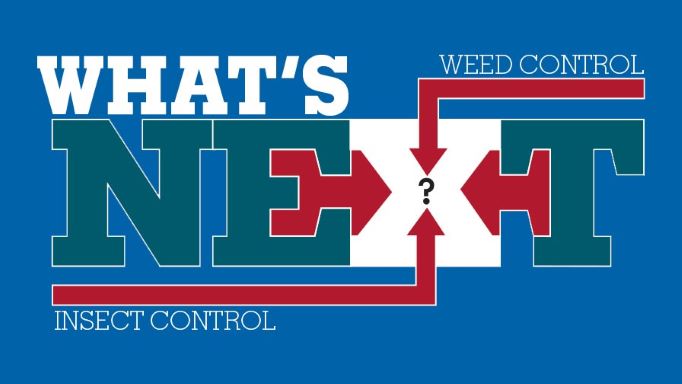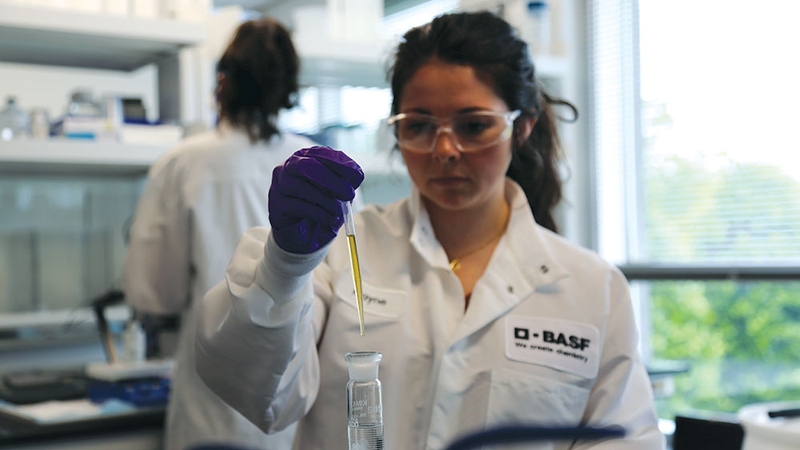Inside Cotton’s Pipeline: What’s Coming from Bayer
Here’s our second look into cotton’s pipeline, providing a glimpse into some of the new technologies, products, and innovations that companies hope to bring to market over the next several years. Some are closer to introduction than others. But they all represent a significant level of R&D investment by the major companies serving cotton. Today’s preview: Bayer.
Cotton is a direct beneficiary of Bayer’s R&D investment of more than $2 billion dollars, noted Miriam Paris, Bayer North American Product Management Lead for Cotton. “Some of those funds are focused on cotton-specific needs, and our core competencies in cotton will continue to be weed management and pest control”
Potentially ready to leave the pipeline, pending final regulatory approvals, is Bayer’s ThryvOn insect technology – the first of its class in the industry and the first in-bag control for thrips and tarnished plant bugs. When approved, ThryvOn will be part of a stewarded Groundbreaker introduction with new premium Deltapine varieties.
“Our Groundbreaker participants that are testing ThryvOn are really excited about it, as are academics who have worked with it for several years,” said Paris. “Growers have a lot to look forward to with that technology.”
Looking ahead, Bayer is currently investing in development of the fourth generation of Bollgard and the company’s fourth generation of herbicide tolerance traits. Both, said Paris, are running on a parallel course and – pending successful research and regulatory approvals – should be headed to market by the end of the decade.
“The fourth generation Bollgard is scheduled to be a pyramid of 3 to 4 new modes of action to control bollworm and other secondary worm pests,” she explained. “For fourth generation herbicide tolerance, we’re looking at five modes of action, adding two new traits to our existing XtendFlex platform.”
A new chemical product is anticipated for introduction in conjunction with the new 5-mode trait. Research into the potential chemical tolerances to be added is still in its primary stages. Initial considerations about the second generation of ThryvOn are also in the research mix.
“From a variety perspective, we continue to look at emerging pests and different native trait solutions that are important to our customers,” said Paris. “This year in our New Product Evaluator (NPE) program, we have the first stacked product of reniform and root knot nematode resistance in a Bollgard 3 XtendFlex variety. We’re looking forward to seeing how it performs. We’re seeing more penetration of some of these unique geographically relevant native traits across the Cotton Belt.”
Another example of innovation comes through improvements in fiber strength and length through Bayer’s investments in breeding. That’s also opened up some non-traditional innovation focusing on ways to leverage the fiber quality attributes of the pipeline and look to open up new market opportunities for U.S. cotton.
Case in point: Bayer’s partnership with Jernigan Cotton called Field to Closet is exploring opportunities to drive demand of end use markets for U.S. cotton, much like the recent pilot program in Georgia that provided free cotton medical scrubs to rural hospitals in the state using Georgia-grown Deltapine cotton in collaboration with regional textile mills.
“For us, we’re always balancing variety development and our pipeline across yield and native trait packages focused on geographical needs, core traits for pest management, and fiber quality,” said Paris.










